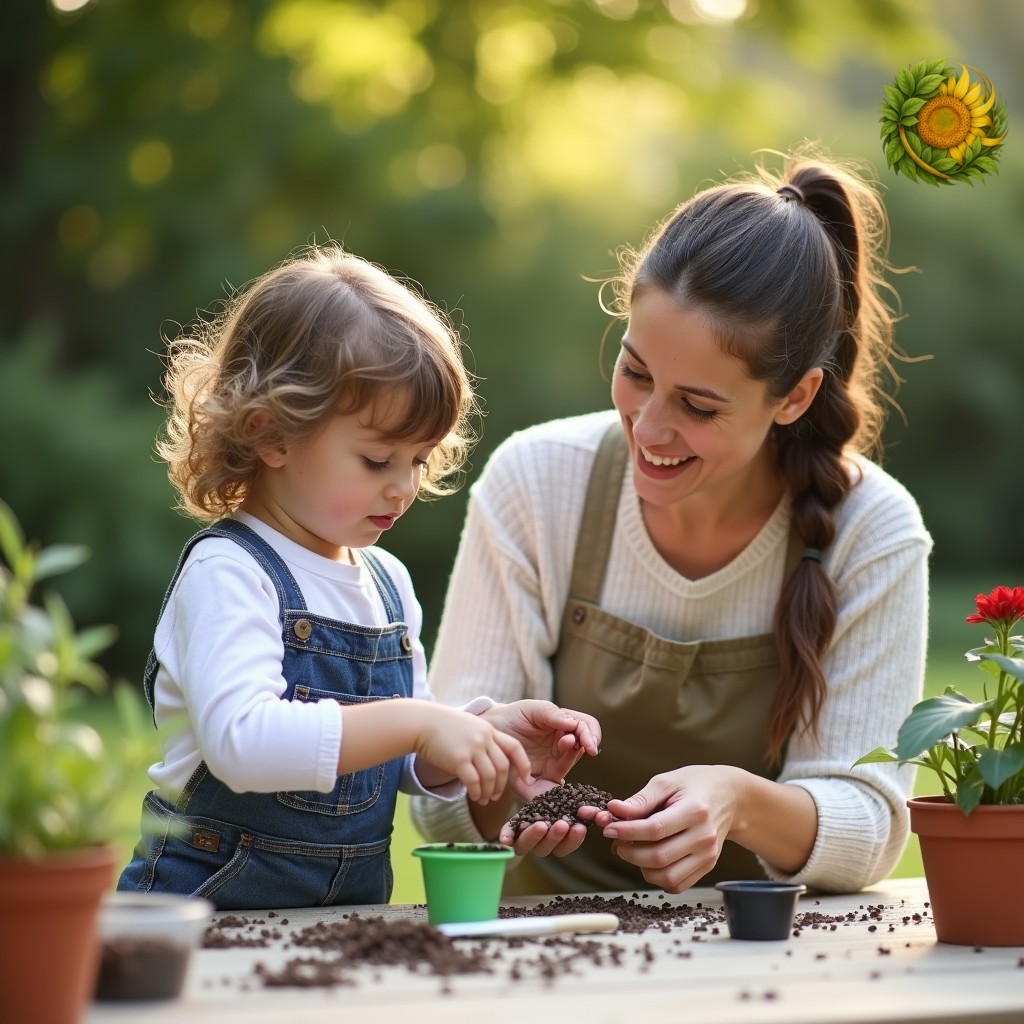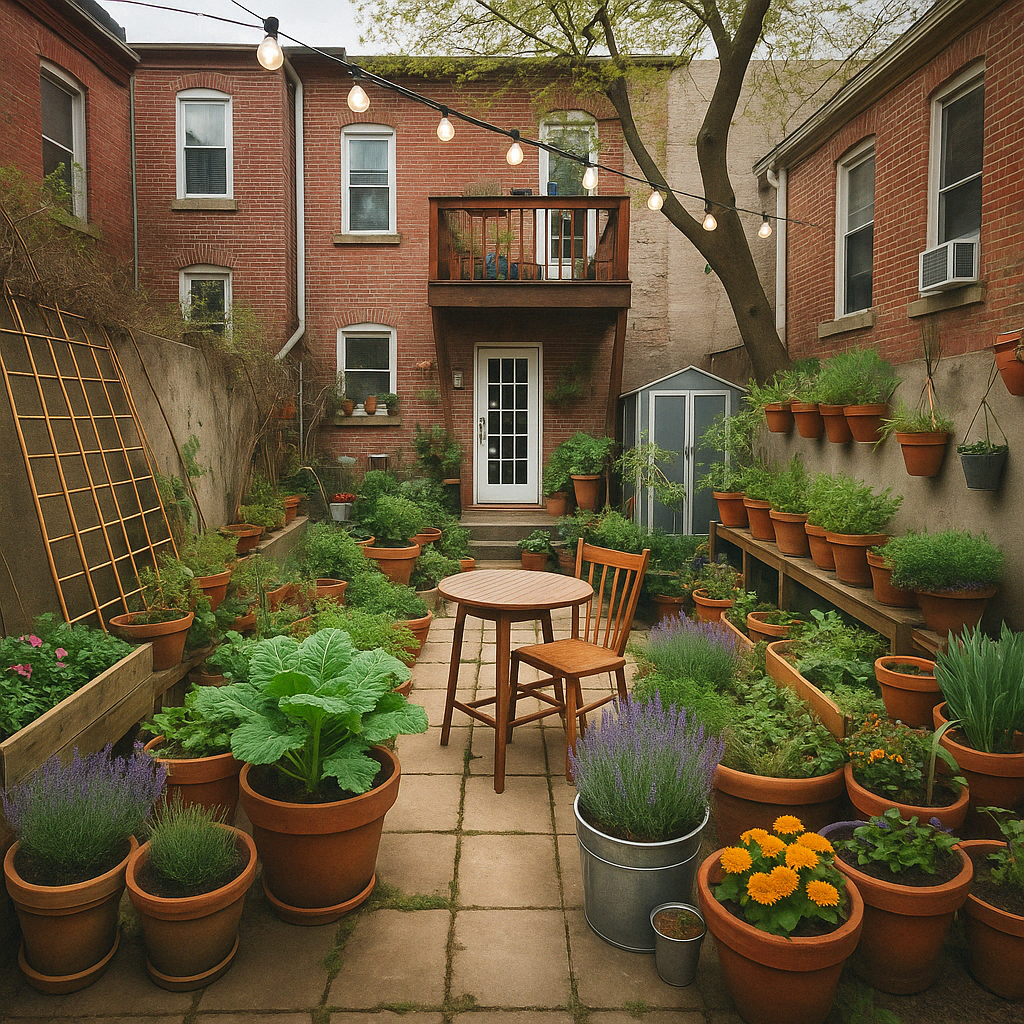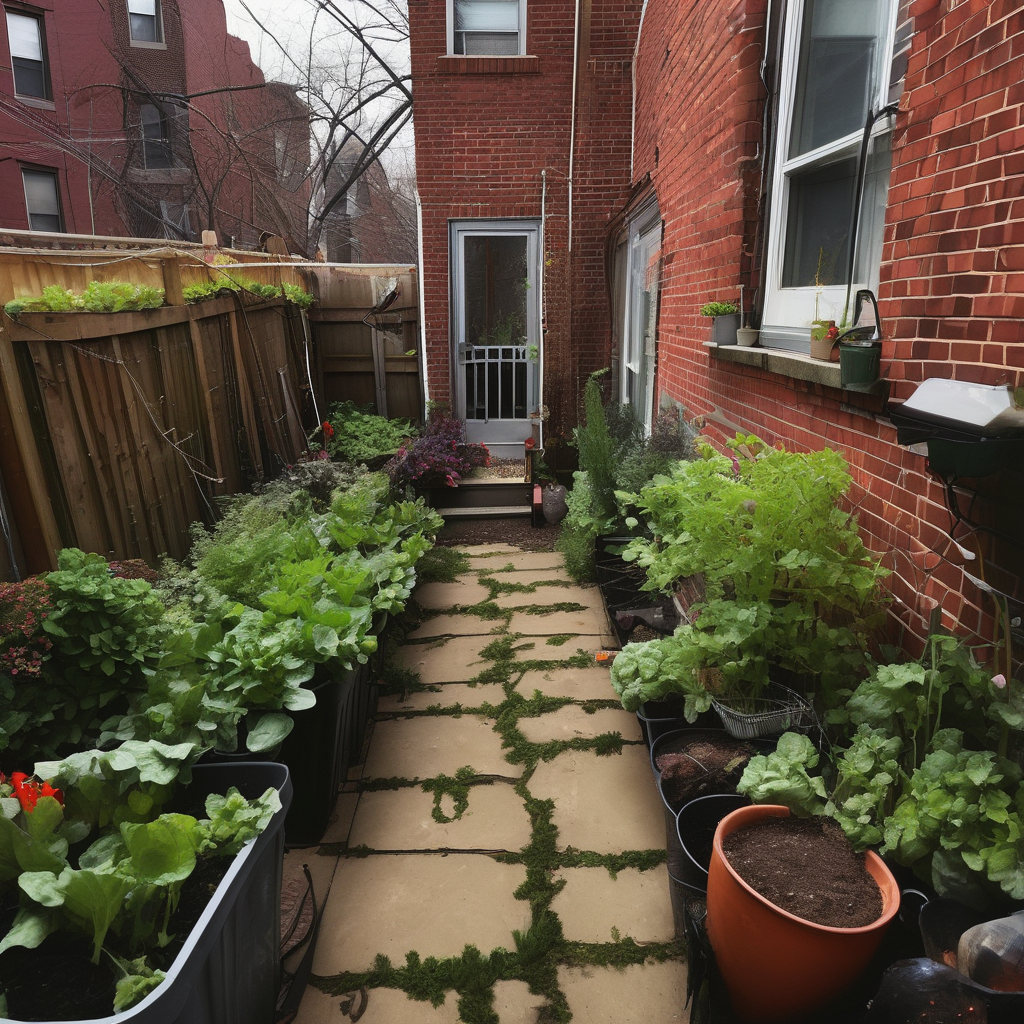To continue our discussion of container plantings, let’s examine when, what, and how to plant. These suggestions will depend on whether you choose to plant seeds or plants that are already growing (and the size of the plant).

Setting Seeds
To plant seeds—“setting seeds,” a light growing medium is best when sowing seeds for container growing, not heavy garden soil or container soil. Many good-quality container soils have the best aeration, encouraging the seeds to ‘set’ or germinate. This initial process is important to the development of strong plant growth.
Seed Starting Containers
I have found that up-cycling cardboard egg cartons and up-cycled plastic containers with holes in the base and lower half of the container work well. My budget-conscious tips:
For seed starting containers:
- Cardboard egg cartons with a hole punched in the base of each section
- Fiber Pots. I found these to be excellent: https://www.burpee.com/
- Up-cycled fruit (blueberries/raspberries) and vegetable (cherry tomato) containers
When using any up-cycled containers, be sure that the container is thoroughly washed and sanitized (a vinegar solution of hot soapy water is a good sanitizing agent). Be sure the container is completely clean and dry before use.
Types of Growing Medium
For seed starting, I have used a variety of mixes over the years; the list below is among my favorites (and by the way, I’m not being compensated for my recommendations).
- Burpee Organic Concentrated Seed Starting Mix https://www.burpee.com/
- Burpee Eco-Friendly Natural & Organic See Starting Mix https://www.burpee.com
- Back to the Roots Natural & Organic 3-in-1 Seed Starting Mix https://backtotheroots.com
Preparing the Growing Medium
You’ll need a good spritz bottle to dampen the soil completely, not soaking the planting medium, just to moisten at least the top half-inch. Keep the planting medium moist, not wet, throughout the growing stage. Follow the seed packet instructions. Find a suitable location, and keep an eye on your seedlings. Here’s a list of essentials to get you started:
Find the right container for your growing vegetables and flower companions. Plan for the growth of both, so be sure the pot is not too deep or too narrow and is wide enough for growth.
Think about how you want your garden to look, based on all the growing elements your vegetables will need – light, water source etc. Place your pots in the area first. Once you are happy with the design, fill with growing medium and plant your vegetables and flowers.


To get you started with companion plantings, here are some ideas to get you started.
| Tomatoes | Marigolds | Repels nematodes, whiteflies, and aphids; improves pollination |
| Cabbage | Cosmos | Attracts parasitic wasps and tachinid flies to reduce caterpillar pests |
| Peas | Sweet Alyssum | Enhances soil nitrogen; attracts hoverflies and pollinators |
For a more complete list, drop me a note*
If you’d like to receive a downloadable document list of the Tool Checklist or a more complete list of *Companion Planting suggestions, please drop me a note in the Comment & Message Section – Stay in the Loop!
